El Salvador Avachapan coffee bean grading system what kind of coffee is El Salvador Avachapan?
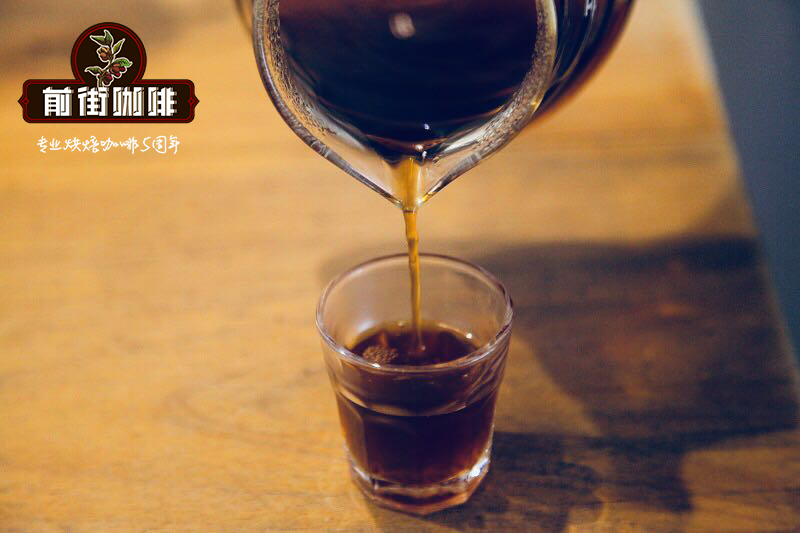
Professional coffee knowledge exchange more coffee bean information please follow the coffee workshop (Wechat official account cafe_style)
Starbucks single production area series-El Salvador Avachapan coffee beans
Originating from El Salvador Avachapan coffee bean producing area, citrus fruit has a smooth flavor of milk chocolate with black cocoa aromas.
Name: El Salvador Avachapan coffee beans
English product name: El Salvador Ahuachapan
Ingredients: Arabica coffee beans
Open the bag to smell beans, there is a more obvious fruit tonal aroma. After grinding, the aroma of green apple is more obvious, and the overall dry fragrance is relatively clean.
El Salvador Avachapan coffee beans of single origin series
* producing area: Latin America
* degree of baking: medium baking
* processing method: washing treatment
* flavor: sweet citrus flavor
With a hint of milk chocolate flavor
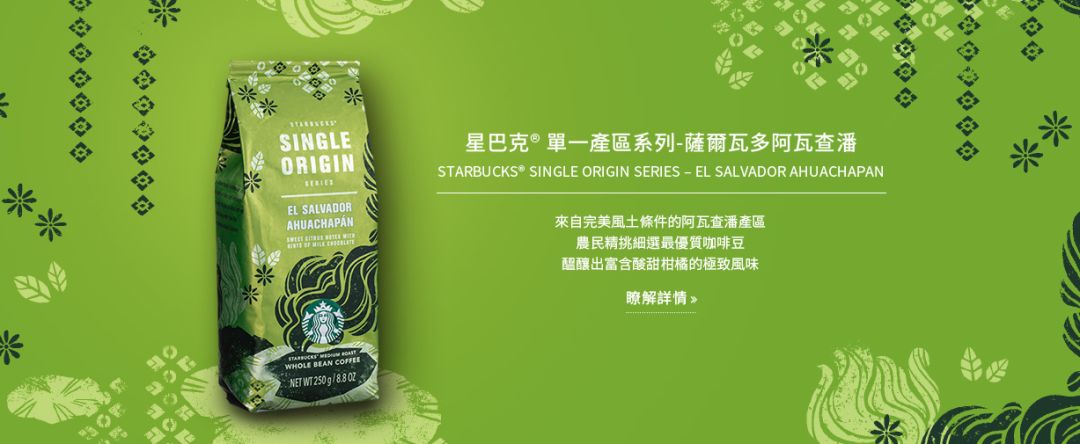
Growth process
Hot spring eggs are almost known to everyone
Have you ever heard of hot spring beans?
The secret of Avachapan is
The source of water used in washing treatment
It is mainly made from hot spring water from the town of Agua Kalente.
Is a very rare way in the world.
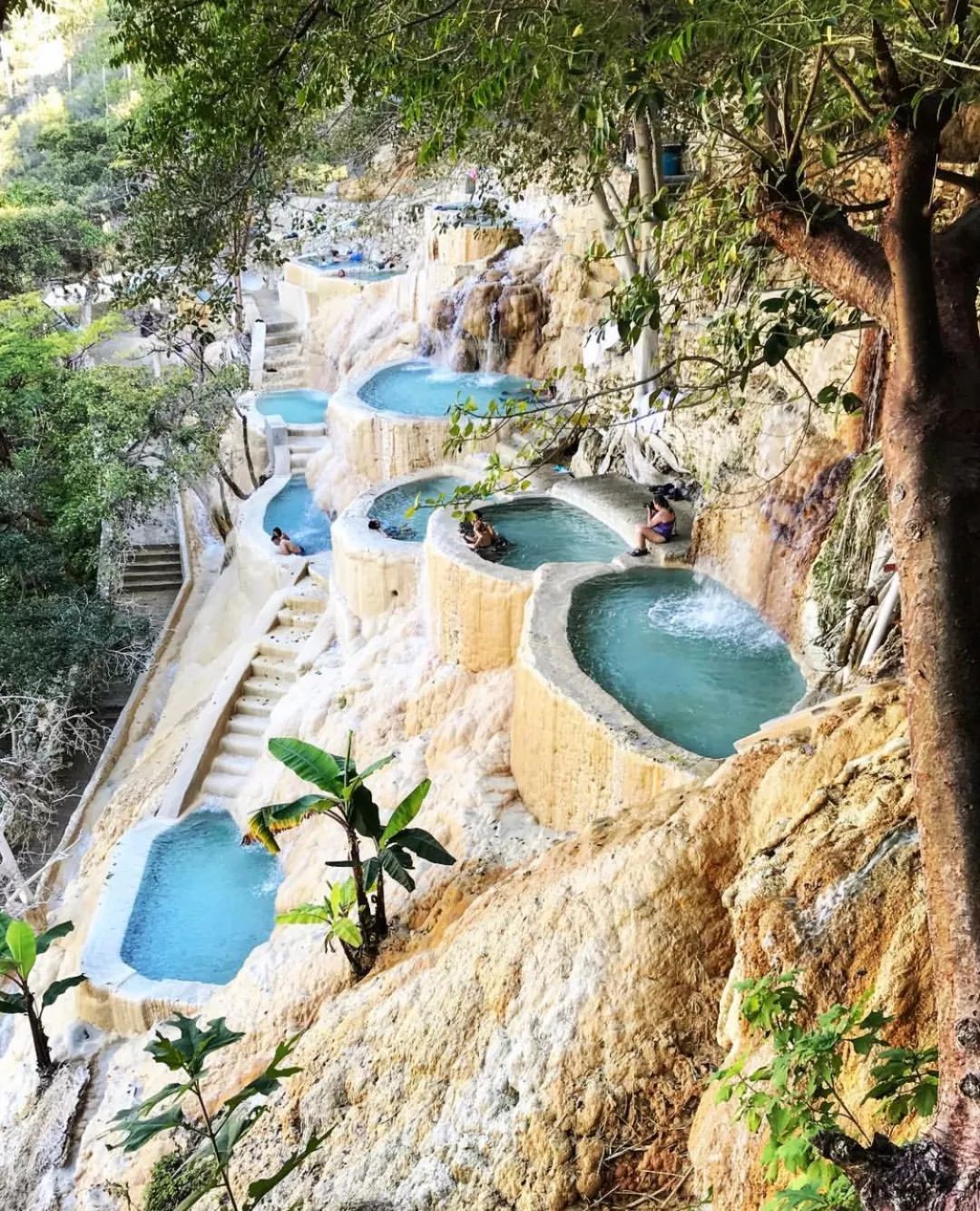
The water temperature of the source is 85 degrees.
The spring is diverted to six hot spring pools at different elevations
The temperature to the sixth hot spring pool is about 32 Murray 34 degrees.
Then use the cooled hot spring water to process raw coffee beans.
This magical baptism enhances the sweetness of coffee.
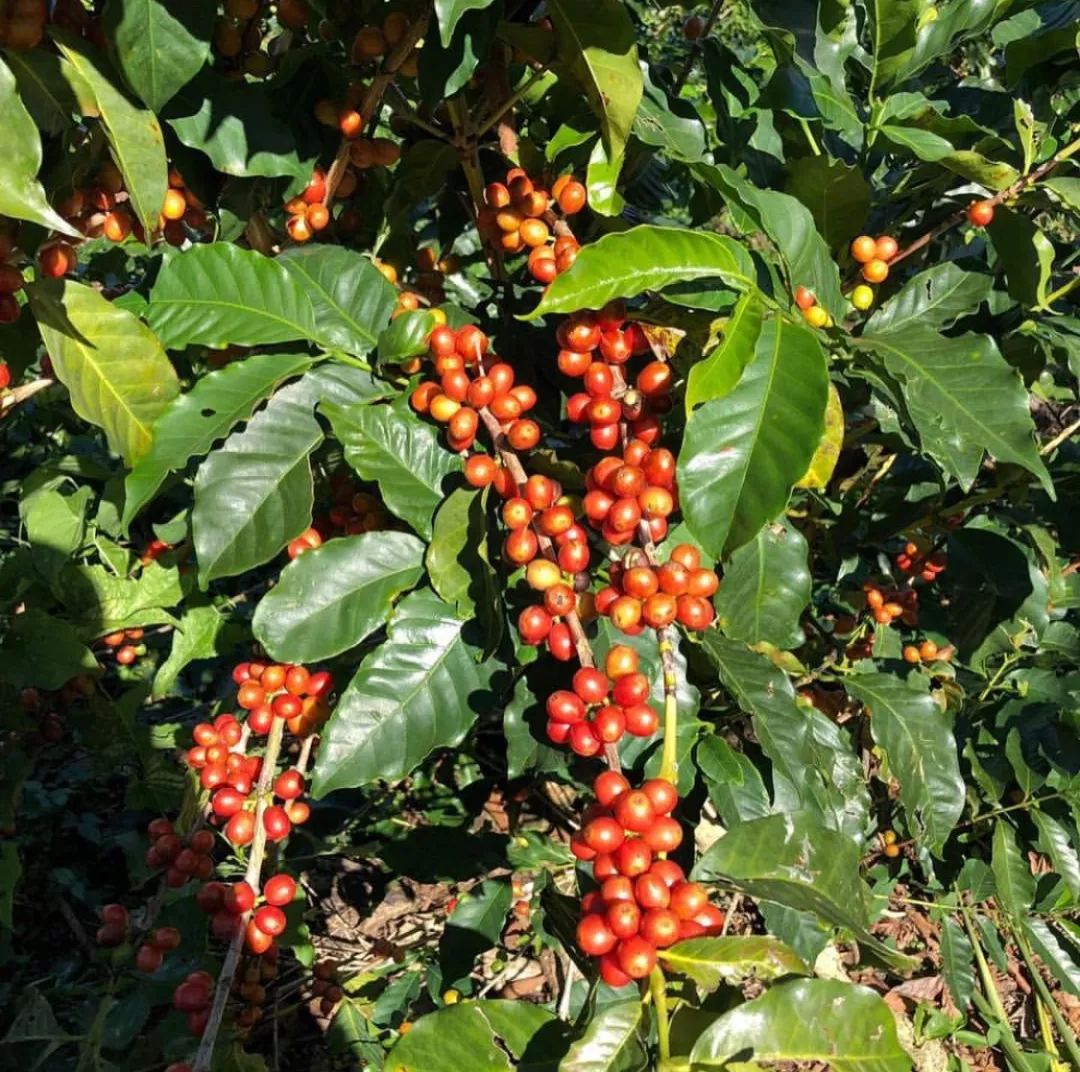
The past
Coffee in every country has its origin.
Avachapan is the birthplace of coffee in El Salvador.
Coffee beans were first introduced to El Salvador in 1770.
Legend has it that two farmers accidentally found coffee while ploughing the fields.
Since then, it has affected the development of Avachapan.
Avachapan has had a long coffee family since 1890.
They were the first to grow, process and export coffee beans.
El Salvador is known as the "land of volcanoes"
The farm is located in the Apaenca-Lamatepec mountains.
Near Sante Ana, one of the most active volcanoes.
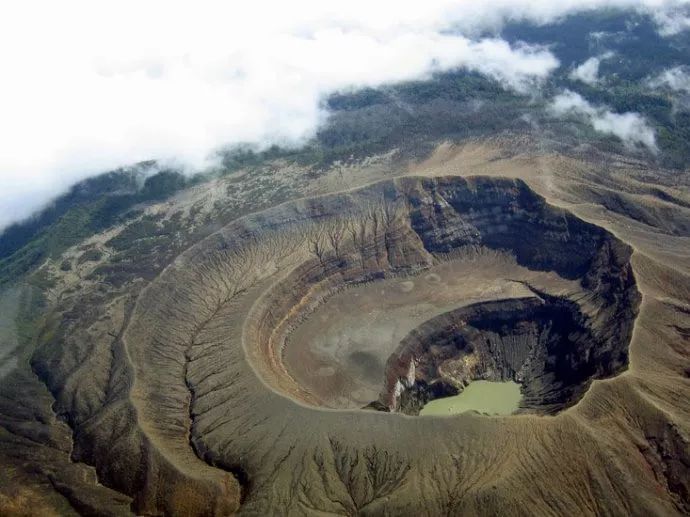
Sante Ana volcano
Place of birth
And those who came to Starbucks' single producing area for the first time
El Salvador Avachapan is planted in
Apaenca-Lamatepec Mountains
There are four active volcanoes in the area
Among them, Santa Anna broke out in 2005
It belongs to fertile volcanic soil.
The most common thing we hear in our country is
Red soil, black soil, purple soil, loess
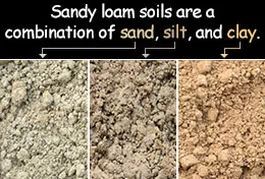
Santa Anna is sandy soil.
This kind of soil has good drainage capacity, which is helpful to the growth of coffee trees.
Coffee seems to be full of native plants and volcanic soil.
The Master Coffee Book says: geography is flavor
The area is located at high altitude, with warm days and crisp nights.
The temperature difference between day and night is large.
Delayed the ripening time of coffee cherries.
Brew a richer flavor
This has become the local condition for growing Avachapan.
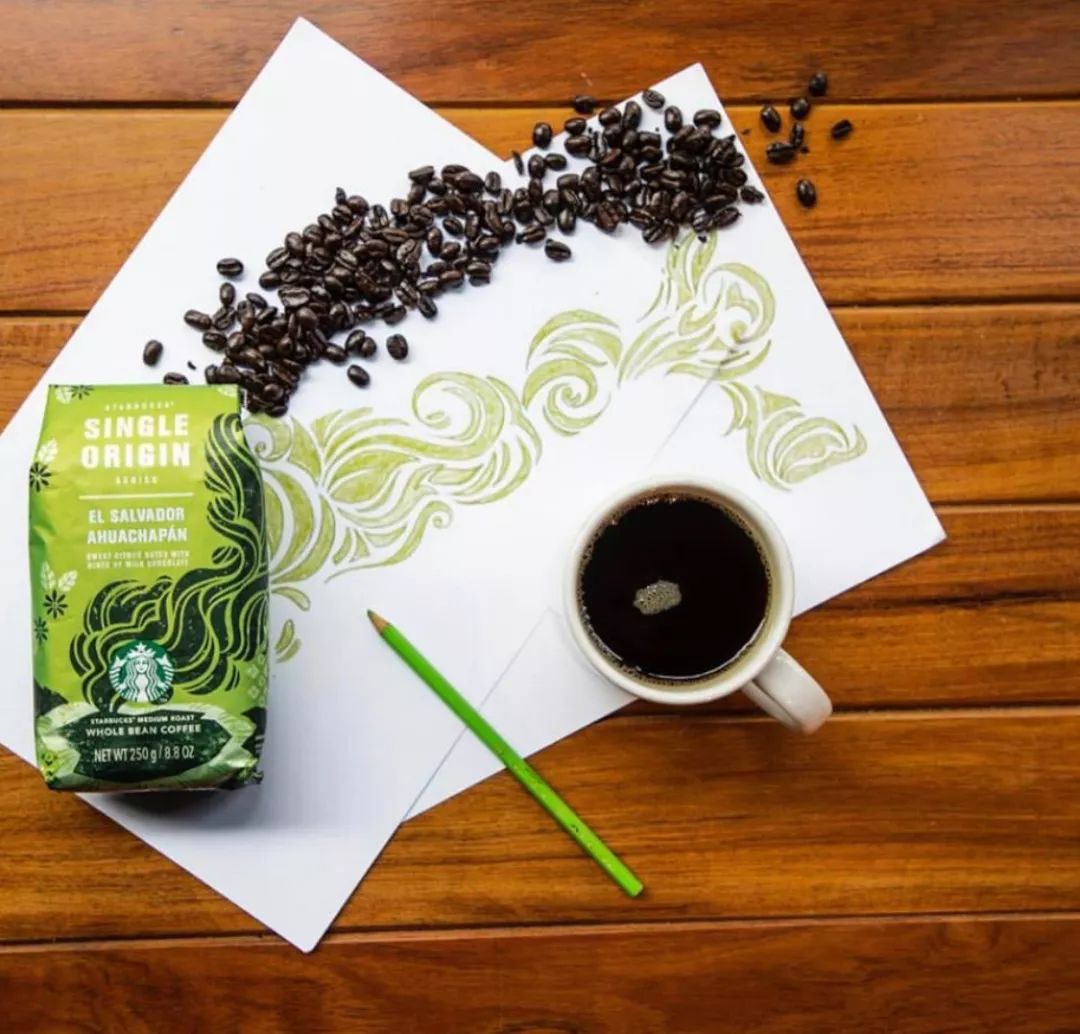
New beans in spring 2019
Starbucks single origin series
El Salvador Avachapan coffee beans
Sweet citrus and light milk chocolate flavor
Since coffee trees were first discovered in the fields of two farmers at the end of the 18th century, the history of coffee in El Salvador began in the Avachapan region. Coffee grows luxuriantly in the Apacaramatepec (Apaenca-Lamatepec) mountains, concealed by native vegetation and nourished by volcanic soil. Skilled coffee farmers maintain an accurate screening system. Coffee berries are carefully picked by hand and sent to the processing plant for processing. In this magical land, coffee farmers use their skills to give birth to coffee with a sweet and fruity flavor.
Alcohol: medium
Acidity: medium
Baking degree: medium baking
Origin of raw coffee beans: Latin America
Processing method: washing method
Food pairing: dark chocolate, cocoa and oranges--
(the above is the content on the back of the small green card)
Coffee is grown by a long family that has been growing, processing and exporting Salvadoran Avachapan coffee beans since 1890, and the farm is located near Santa Ana Volcano or Ilamatepec, one of the most active volcanoes in the region. At high altitudes, warm and cool nights during the day create perfect soil conditions that slow the growth of coffee berries and are rich in fertile volcanic soil that helps coffee trees grow. Coffee trees grow in the shade of native plants, which can also fix nitrogen.
It acts to enrich the nutrients of the soil. El Salvador-Avachapan Manor washed El Salvador Avachapan coffee beans
Manor: Avachapan Manor
Varieties: bourbon (Bourbon), Pacas (Pacas)
Altitude: 1300-1500 m
Treatment method: washing treatment method
Flavor description: El Salvador Avachapan coffee beans cinnamon, grapefruit, coconut, tropical fruits and spices
Open the bag to smell beans, El Salvador Avachapan coffee beans have a more obvious fruit tonal aroma. After grinding, the aroma of green apple is more obvious, and the overall dry fragrance is relatively clean.
Water injection is not deliberately segmented, only a small stop when the water level is on the high side, and the original plan is not intended to deliberately improve the extraction rate. However, in the case of the same grinding, it seems that the launching speed is a little faster than yesterday's v60.
The taste of the whole drink is also a little different. In the high temperature region, the drupe flavor is not as prominent as DAY 1, but it has a very soft sour flavor, appropriate sweetness, obvious caramel and cleanliness. The flavor in the middle temperature zone is also very balanced, basically drupe tonality at the bottom, supplemented by soft acidity and caramel sweetness. The aftertaste is long and worth remembering.
Overall, the taste and flavor cleanliness of these two cups is better than that of stone-flavored beans drunk in the past, whether it is El Salvador or Colombia. Is the kind of good cleanliness, but also with a bit of round taste, at the same time the flavor is also very complete and full.
According to the calculation, together with the recent British champion beans and El Salvador in the Migu suit, as well as this season, a total of three Salvadorans have a more obvious drupe flavor, as if the foundation of this flavor is difficult to wear off. But in Colombia, which also has a similar drupe flavor, some beans can be roasted with a very good performance of pure fruit juice without the shadow of drupe.
PS: a few days ago, I saw a classic comment in the eddy current communication group: "baking is to find sweet spots, and the whole process is to find the peak flavor of coffee."
Important Notice :
前街咖啡 FrontStreet Coffee has moved to new addredd:
FrontStreet Coffee Address: 315,Donghua East Road,GuangZhou
Tel:020 38364473
- Prev
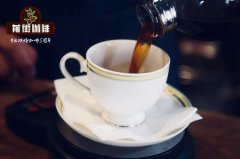
El Salvador Avachapan Coffee beans how to Bake Avachapan Coffee beans what baking degree is good?
Professional coffee knowledge exchange more coffee bean information please follow the coffee workshop (Wechat official account cafe_style) from El Salvador giant bean variety Pacamara, El Salvador Avachapan coffee bean is a hybrid variety of Pacas and elephant bean Mara Goji, is considered to be the result of the pursuit of large grain Arabica species, good inheritance of the fine characters of the mother plant, but also inherited
- Next
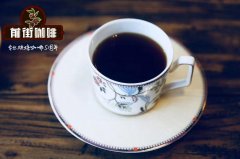
Guide to the baking curve of El Salvador Avachapan coffee beans introduction to the treatment of Avachapan coffee beans
Professional coffee knowledge exchange more coffee bean information please follow the coffee workshop (Wechat official account cafe_style) the end of the first explosion of beans the end of the first explosion to the middle of the second explosion of beans touch the second explosion of beans into the second explosion of 10-15 seconds under the dense beans hope you roasters can find a more favorite flavor. The more the appearance of El Salvador Avachapan coffee beans
Related
- Detailed explanation of Jadeite planting Land in Panamanian Jadeite Manor introduction to the grading system of Jadeite competitive bidding, Red bid, Green bid and Rose Summer
- Story of Coffee planting in Brenka region of Costa Rica Stonehenge Manor anaerobic heavy honey treatment of flavor mouth
- What's on the barrel of Blue Mountain Coffee beans?
- Can American coffee also pull flowers? How to use hot American style to pull out a good-looking pattern?
- Can you make a cold extract with coffee beans? What is the right proportion for cold-extracted coffee formula?
- Indonesian PWN Gold Mandrine Coffee Origin Features Flavor How to Chong? Mandolin coffee is American.
- A brief introduction to the flavor characteristics of Brazilian yellow bourbon coffee beans
- What is the effect of different water quality on the flavor of cold-extracted coffee? What kind of water is best for brewing coffee?
- Why do you think of Rose Summer whenever you mention Panamanian coffee?
- Introduction to the characteristics of authentic blue mountain coffee bean producing areas? What is the CIB Coffee Authority in Jamaica?

